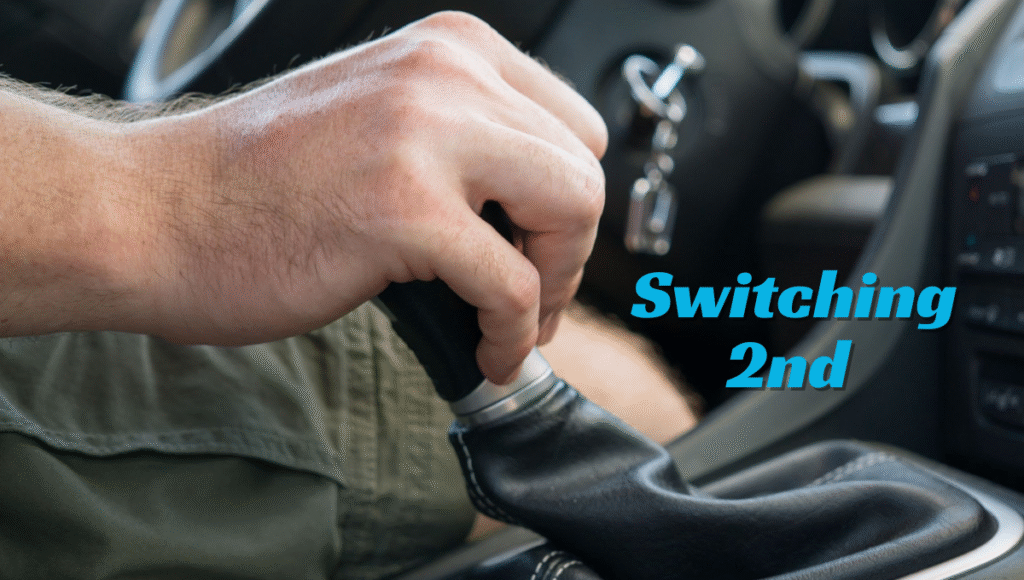Shifting gears smoothly is a fundamental skill for every driver, whether you’re a beginner or an experienced motorist. Among the various gear changes, switching to second gear is one of the most common and essential transitions that ensures a comfortable and efficient driving experience. Mastering the art of flawless second gear shifting can improve your vehicle control, fuel efficiency, and overall safety on the road. In this article, we’ll explore practical tips and techniques to help you switch to second gear smoothly every time.
Why Is Proper Second Gear Shifting Important?
Switching to second gear correctly is crucial because:
- It prevents engine strain and prolongs vehicle lifespan.
- It ensures smooth acceleration during low-speed driving.
- It enhances your control over the vehicle, especially in city driving or stop-and-go traffic.
- It reduces wear and tear on transmission components.
When Should You Shift to Second Gear?
Knowing the right moment to shift is key:
- Typically, you shift to second gear when your vehicle’s RPM reaches around 2000-3000 rpm.
- You can also shift when the vehicle’s speed is between 10-20 mph (16-32 km/h).
- Pay attention to your engine’s sound; if it feels strained or the RPM climbs too high, it’s the signal to shift gears.
Step-by-Step Guide to Flawless Second Gear Transition
1. Start with a Smooth Clutch Engagement
- Depress the clutch completely using your left foot. Move the gear shifter from neutral into first gear. Slowly ease off the clutch pedal while steadily pressing the accelerator for a smooth start.
2. Accelerate to the Appropriate RPM
- As you gain speed in first gear, keep an eye on the tachometer.
- When RPM reaches 2000-3000, prepare to shift.
3. Prepare to Shift to Second Gear
- Fully depress the clutch pedal again.
- Move the gear lever from first to second gear smoothly—avoid rushing or forcing it.
4. Release the Clutch Gradually
- Slowly release the clutch pedal while simultaneously applying gentle throttle.
- Strive for a smooth shift to prevent any jerks or stalling during the process.
5. Adjust Your Speed
- Once in second gear, ease off the clutch completely.
- Continue to accelerate smoothly according to traffic conditions.
Tips for Perfect Second Gear Shifting
- Practice Clutch Control: Mastering the clutch pedal’s bite point helps achieve smoother shifts.
- Use Proper Timing: Shift gears before the engine revs too high or drops too low.
- Maintain Steady Throttle: Keep your foot steady on the accelerator during the shift.
- Stay Calm and Focused: Avoid rushing the gear change; patience ensures smoother transitions.
- Practice on Empty Roads: Find a safe, open space to practice gear shifts without pressure.
Common Mistakes to Avoid
- Rushing the Shift: Forcing the gear lever can cause jerks or damage.
- Releasing the clutch too quickly can lead to stalling the engine or causing sudden jerks. It’s important to release the clutch gradually for smooth acceleration.
- Shifting at Wrong RPM: Shifting too early or late affects engine performance and comfort.
- Not Using the Clutch Properly: Relying solely on throttle or shifting without clutch can damage the transmission.
Final Thoughts
Switching to second gear may seem simple, but mastering it requires practice and attention to detail. Smooth gear shifts not only make your driving more comfortable but also extend the life of your vehicle. Remember to stay patient, practice regularly, and focus on refining your technique for better results. With time and experience, shifting to second gear will become second nature, ensuring a safer and more enjoyable driving experience.
Drive safely and happy shifting!
